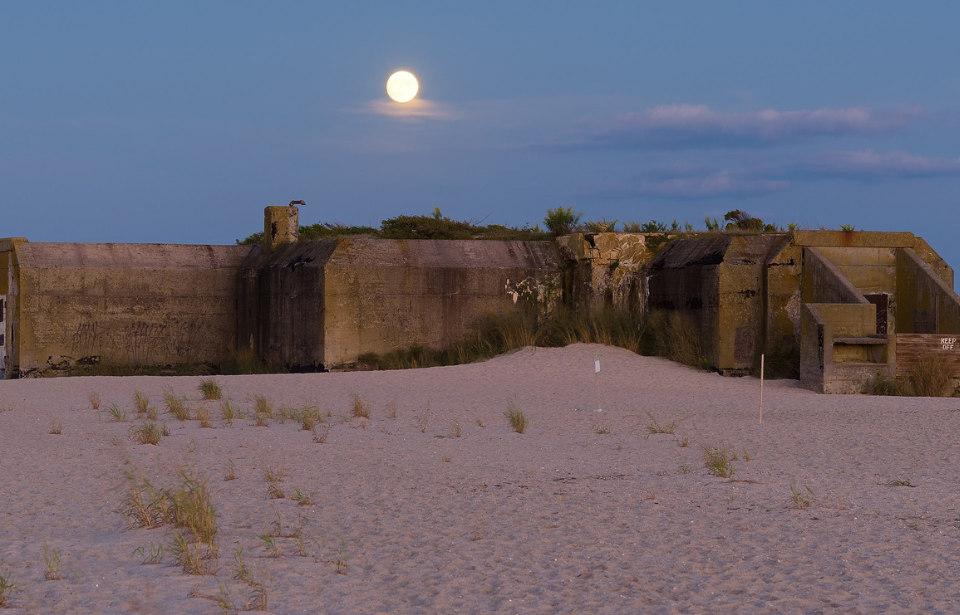Those walking along the beach at Cape May Point State Park in Lower Township, New Jersey will likely come across a reinforced concrete structure that dates back to the Second World War. This dilapidated building was once a bunker known as Battery 223, and it is among the remnants of the conflict that remind visitors of the hostilities that took place decades ago.
Improving America’s coastal defenses
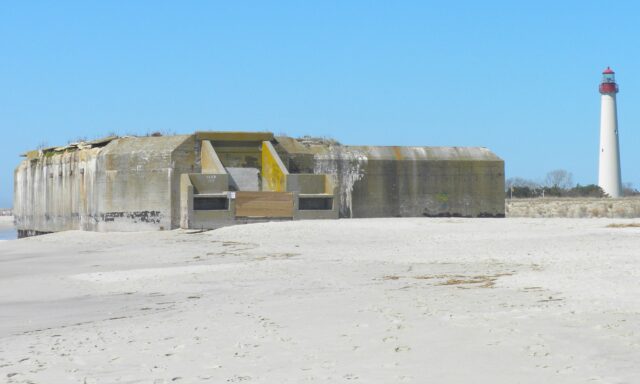
A few years before the United States entered World War II, a decision was made to improve the country’s coastal defenses. This led to the introduction of a new coastal defense initiative in 1940, known as the Modernization of the Coast Defense program.
On the east and west coasts, mass production of various fortifications began. Battery 223 was created as one of three 200-series structures for Fort Miles, which was headquartered at Cape Henlopen, Delaware.
Constructing Battery 223
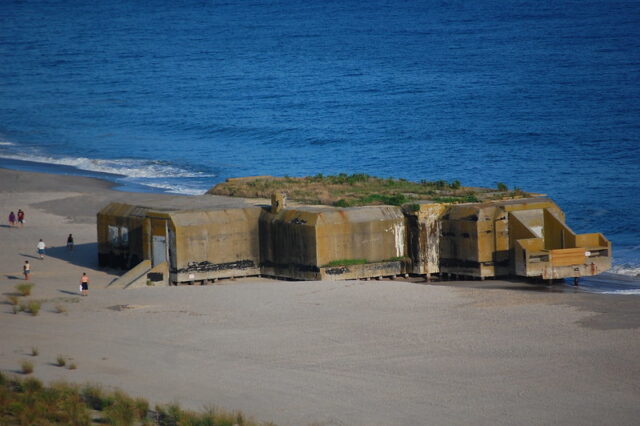
Construction on Battery 223 began in September 1942 and took until June ’43 to be completed. The site chosen had previously held a US Coast Guard post during the First World War, and it was transferred to the Coastal Artillery in April 1944 at a cost of $500,000.
The design was for a concrete structure with six-foot-thick walls and a thick, explosion-proof roof to protect it from both air and sea attacks. It also had an ammunition storage facility and two six-inch rapid-fire guns with a range of between nine and 12 miles.
The T-shape bunker consisted of 20 rooms, including storage for shells, a plotting room to triangulate readings, a switchboard to connect to nearby external fire control towers and a latrine. There were also rooms for servicing chemical weapons and an airlock to protect those inside in the event of a chemical attack.
Electricity was provided by three diesel generators. At the time of construction, the building was supported by wooden pilings, but these have been exposed over the years as a result of beach erosion. The bunker was also covered with sod, so that it merged with its surroundings. The distance from it to the ocean was 900 feet. Over the decades, the tide has changed and the seawater can now invade the bunker.
Battery 223 never saw active use during World War II
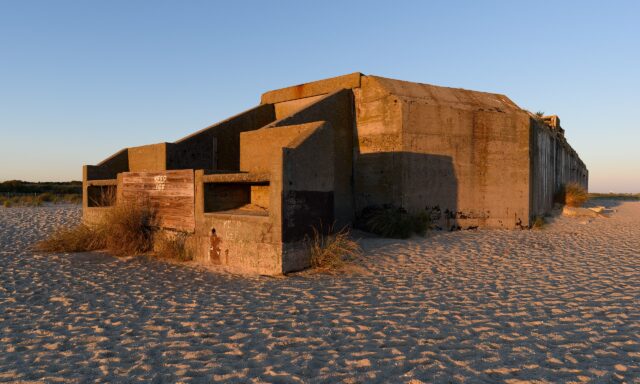
Battery 223 never saw active service and its guns never engaged an enemy. The only shots fired were those in military exercises and live test firings. The end of the Second World War reduced the need for coastal defenses. As well, such stationary defensive systems became obsolete due to the advanced techniques of warfare.
In 1947, Battery 223 was deactivated. A year later, in 1948, all US Army coastal defense guns were decommissioned.
Reactivated during the Korean War
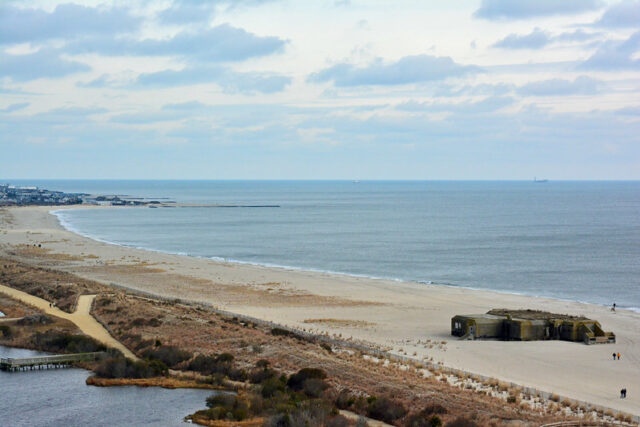
Battery 223’s inactivity was broken sometime around 1958 when it was used as a radio transmitting station by the US Navy for the Atlantic Fleet during the Korean War. The roof was also reinforced with concrete, so a Quonset hut made of corrugated steel could be fitted on top.
In 1962, this structure became part of Cape May Point State Park. A year later, it was officially decommissioned. While officials in the 1990s and 2000s considered restoring it to active duty, it was decided the cost wasn’t worth it.
Battery 223 is a unique sight along the New Jersey coast
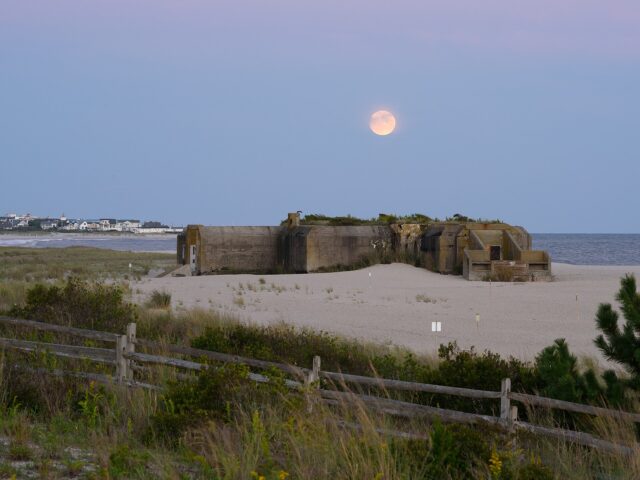
Given the changing tides, there was a risk of Battery 223 becoming completely surrounded by water. However, it was saved from sinking into the ocean’s depths by a beach replenishment project that took place between 2004-05.
More from us: A Secret Tunnel System Was Built Beneath the Führer’s Mountain Hideaway
On June 25, 2008, Battery 223 was listed on the National Register of Historic Places. Today, the remains of the military building stand in plain sight, lacking the gun mountings or Quonset hut it once possessed.
